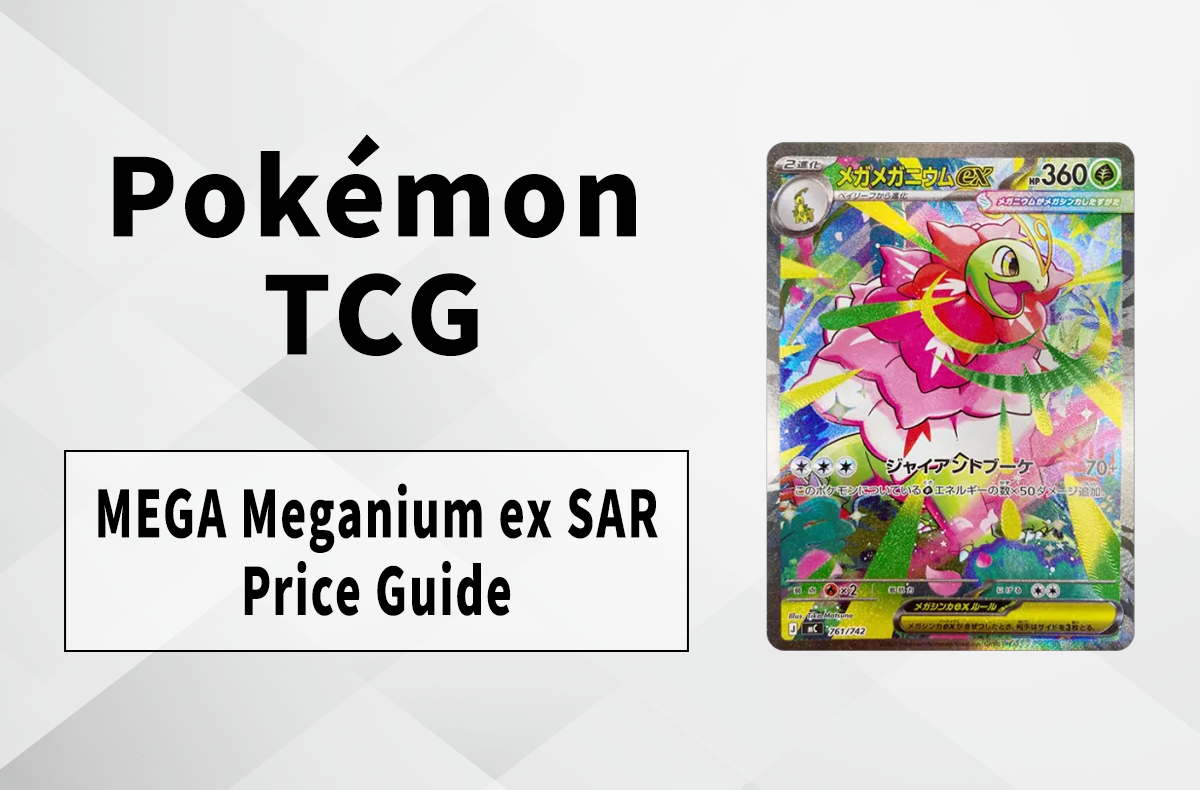The Korean Takeover of Fashion
Explore the transformative impact of Korean pop culture as it propels the nation's fashion scene to the forefront of the global stage.
Words by Dickson Chin
A decade ago, discussions about South Korea predominantly revolved around its entertainment industry. However, in the ensuing years, the nation diversified its influence across various domains, notably gaining eminence in the fashion scene.
Particularly in the realm of streetwear, there has been a noticeable surge in South Korean streetwear brands, propelling exposure and magnifying the country’s cultural impact on a global scale. Today, South Korea stands as one of the most influential beacons of contemporary fashion.
In this exploration, we will trace the trajectory of South Korea’s fashion evolution and provide insights into future expectations of streetwear trends in 2024.
How it started



In the mid to late-2000s, the emergence of 2nd generation K-pop idols played a crucial role in bringing Korean fashion to the global forefront. Prominent groups like 2NE1, BIGBANG, SHINee, and others not only acted as trendsetters but also showcased distinctive styles heavily influenced by hip-hop and grunge rock culture.
Standout styles in K-pop, featuring elements like skinny jeans, leather garments, and futuristic designs incorporating metallic elements, showcased a trend-setting flair—clearly ahead of their time! While these looks complemented the eccentric concepts embraced by idol groups, they weren’t always accessible to the general public.
However, the popularization of K-dramas has offered a more accessible avenue for fashion inspiration.



Unlike the extravagant image projected by K-pop idols, K-dramas adopt a cleaner and more down-to-earth styling approach for their characters’ outfits. Embracing neutral palettes and sophisticated compositions, Korean actors often gravitate towards a mature aesthetic in their fashion choices.
These looks are not only visually appealing but also easier to emulate, sparking a trend where individuals find themselves drawn to Korean fashion, desiring to dress like the characters from their favorite series.
This proves that while K-pop and K-drama remain distinctive entities, they come together to highlight the contrast and versatility of the Korean fashion scene.
The breakthrough



With the heightened exposure of the Korean entertainment industry, the emergence of third-generation K-pop idols has played a pivotal role in reshaping South Korea’s influence on streetwear fashion. During this era, we have witnessed the ascent of iconic groups such as BTS, BLACKPINK, TWICE, SEVENTEEN, and others.
This period introduced more high-fashion influences in their outfits, and brand ambassadorships became a common trend within the scene. These developments were built upon the influential status of not only the groups but also the individual members.
Think BTS’ Jungkook x Calvin Klein, BLACKPINK’s Lisa x CELINE, and NCT’s Taeyong x LOEWE.
This, in turn, led to the emergence of domestic brands aspiring to make a mark in the entertainment industry through strategic endorsement plans.


Brands like thisisneverthat, NERDY, and COVERNAT shot to fame thanks to the backing of K-celebrities. And it’s not just the idols—well-known TV personalities, like the cast of Running Man and producer teams from Show Me The Money, were caught rocking stylish outfits while filming.
This smart move doesn’t just boost the visibility of these local brands in the K-pop culture scene, it also opens them up to a wider audience, reaching beyond the usual borders. These trends shape the way people dress and express themselves globally.
Fans, now more exposed to these stylish ensembles, find themselves inspired to incorporate the latest South Korean fashion trends into their own wardrobes.
Current state



With a robust foundation established over the past decade, entities from South Korea, including K-pop, K-dramas, and K-fashion, now effortlessly seize the global spotlight. Examining the fourth or fifth generation of idol groups, brands eagerly seize every opportunity to dress them in their products.
Noteworthy instances include aespa collaborating with Givenchy, Stray Kids partnering with Tommy Hilfiger, and NewJeans joining forces with Nike.
While idols continue to hold significant influence in fashion, the public has gradually shifted its focus beyond the spotlight of the industry, turning instead toward a more generic outlook on the fashion scene itself.




Now, the scene’s increased exposure has catapulted the K-fashion movement to new heights, empowering emerging brands to shape distinctive narratives through their products.
Standout brands in this category include Matin Kim, CODEGRAPHY, and POST ARCHIVE FACTION, among others.
These brands skillfully weave in the dynamic currents of K-culture, mirroring the latest trends and influences. It marks a profound evolution in the realm of Korean fashion, where it’s no longer just about who wears it but the stories each garment tells.
As we look ahead, it is almost certain that we will witness continuous collaborations between the Korean entertainment and fashion industries. However, the question remains: will the trend of brand ambassadorship persist, or will celebrities take the initiative to showcase their own creative touch in such partnerships?


Nonetheless, despite their close association and natural synergy, we may observe a more defined borderline emerging between these two realms. This is where we will witness Korean streetwear brands paving their own way, creating a distinctive cultural identity in the global fashion scene and presenting exciting offerings.
When this happens, we’ll be sure to bring you the latest reports on Korean streetwear releases, so stay tuned via our magazine.
More SNKRDUNK Features:
Top 30 Valentine’s Sneakers to Buy Now for Bae
Atlas Collectif: A Running Brand Built on Design, Functionality, and Sustainability
2024 Sneaker Trends? Insights From Industry Insiders!
South Korean Streetwear Brands To Watch in 2024
Korean vs. Japanese Streetwear: What Sets Them Apart?






![[SNKRDUNK Selects] Best Watches to Buy in 2024](https://snkrdunk.s3.ap-northeast-1.amazonaws.com/en/magazine/wp-content/uploads/2024/07/30160540/SNKRDUNK-Selects-Best-Watches-to-Buy-in-2024-150x150.jpg)









![Dr. Martens “Year of the Horse” collection [Release Date/Price/Where To Buy]](https://snkrdunk.s3.ap-northeast-1.amazonaws.com/en/magazine/wp-content/uploads/2025/12/26124817/20251226021918-0.jpg)

![Schott × Dickies® Collection [Release Date/Price/Where To Buy]](https://snkrdunk.s3.ap-northeast-1.amazonaws.com/en/magazine/wp-content/uploads/2025/12/26124241/20251226023256-0-scaled.webp)
![New Era®︎ × PlayStation Collection [Release Date/Price/Where To Buy]](https://snkrdunk.s3.ap-northeast-1.amazonaws.com/en/magazine/wp-content/uploads/2025/12/26123430/20251225074407-0.jpg)




